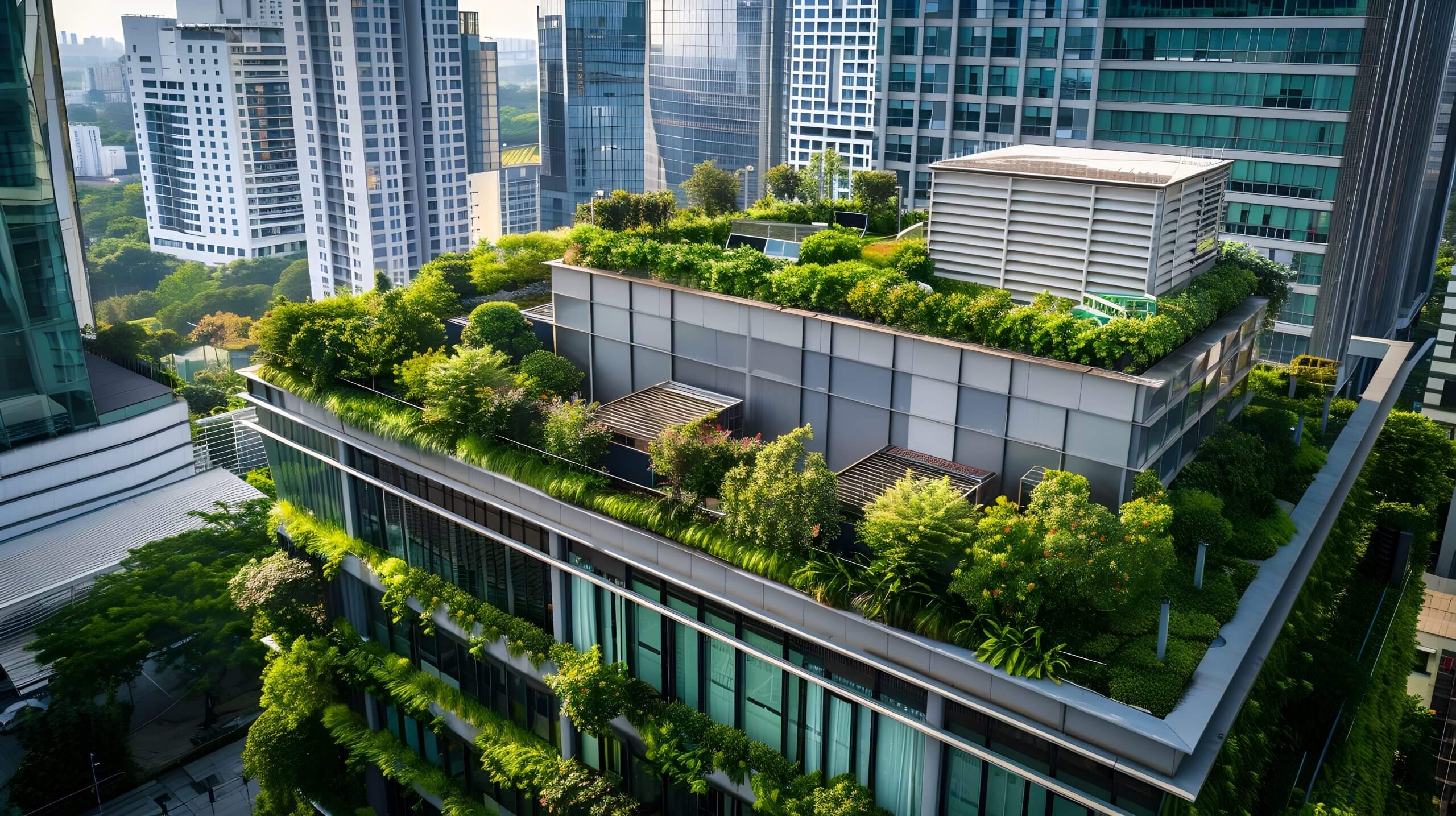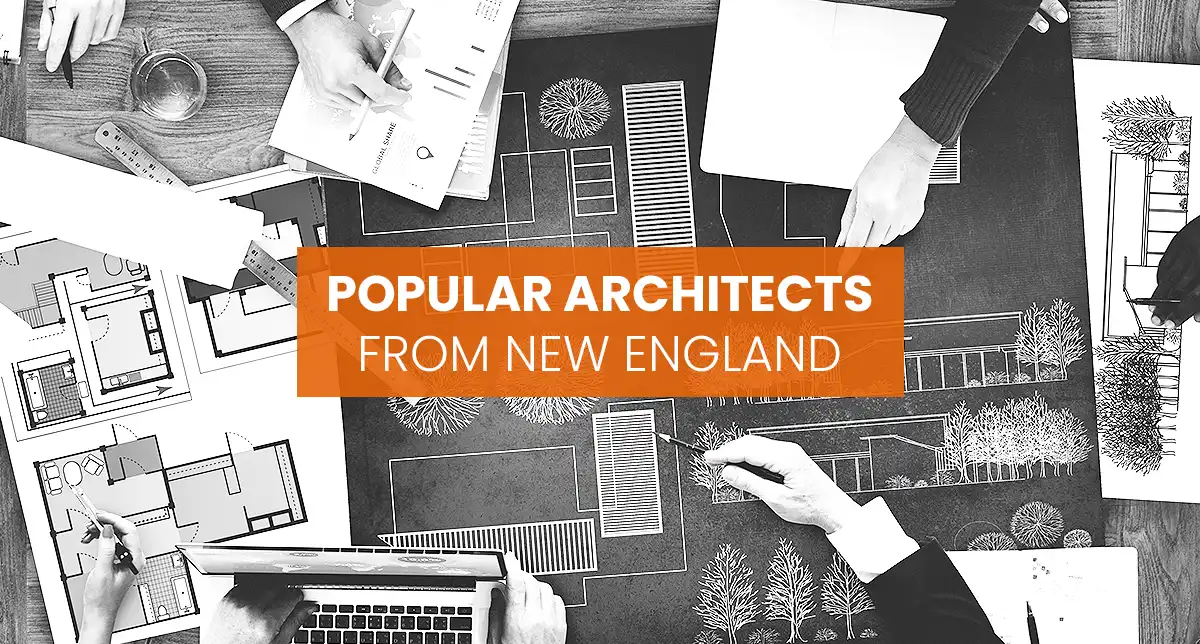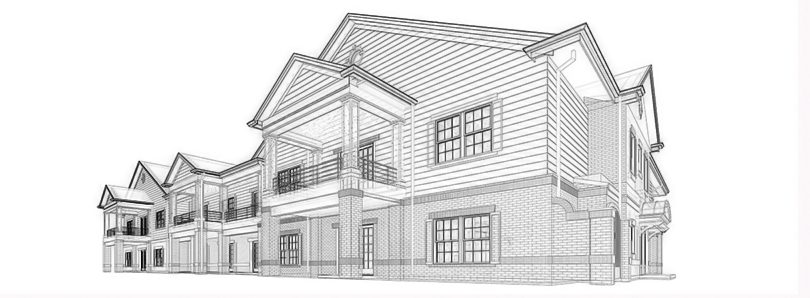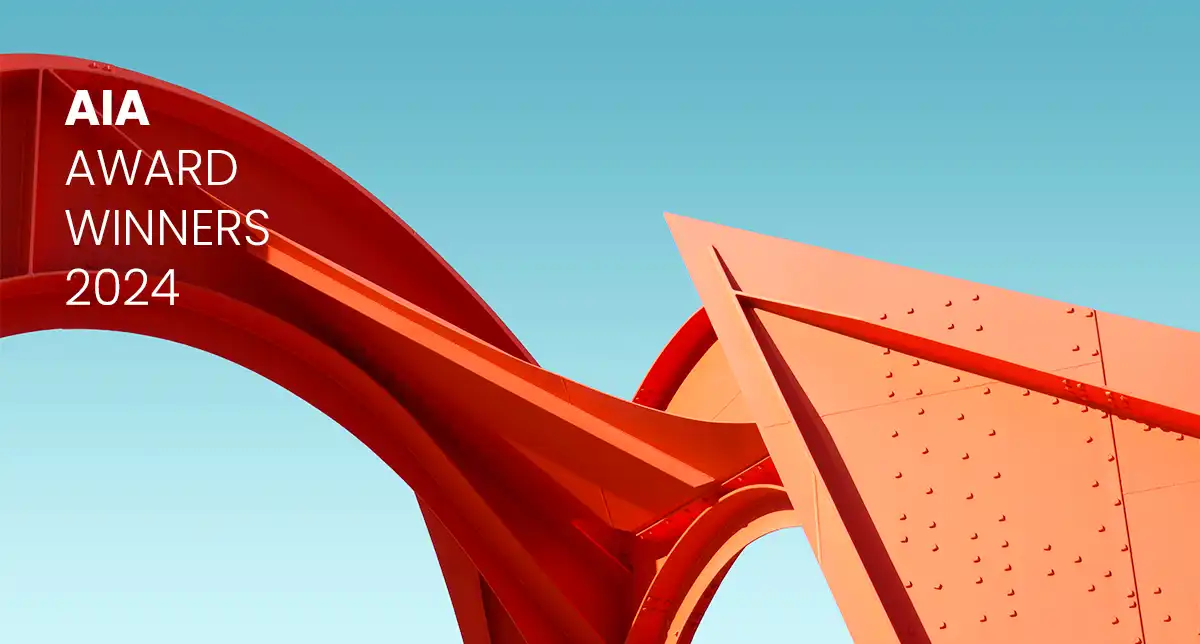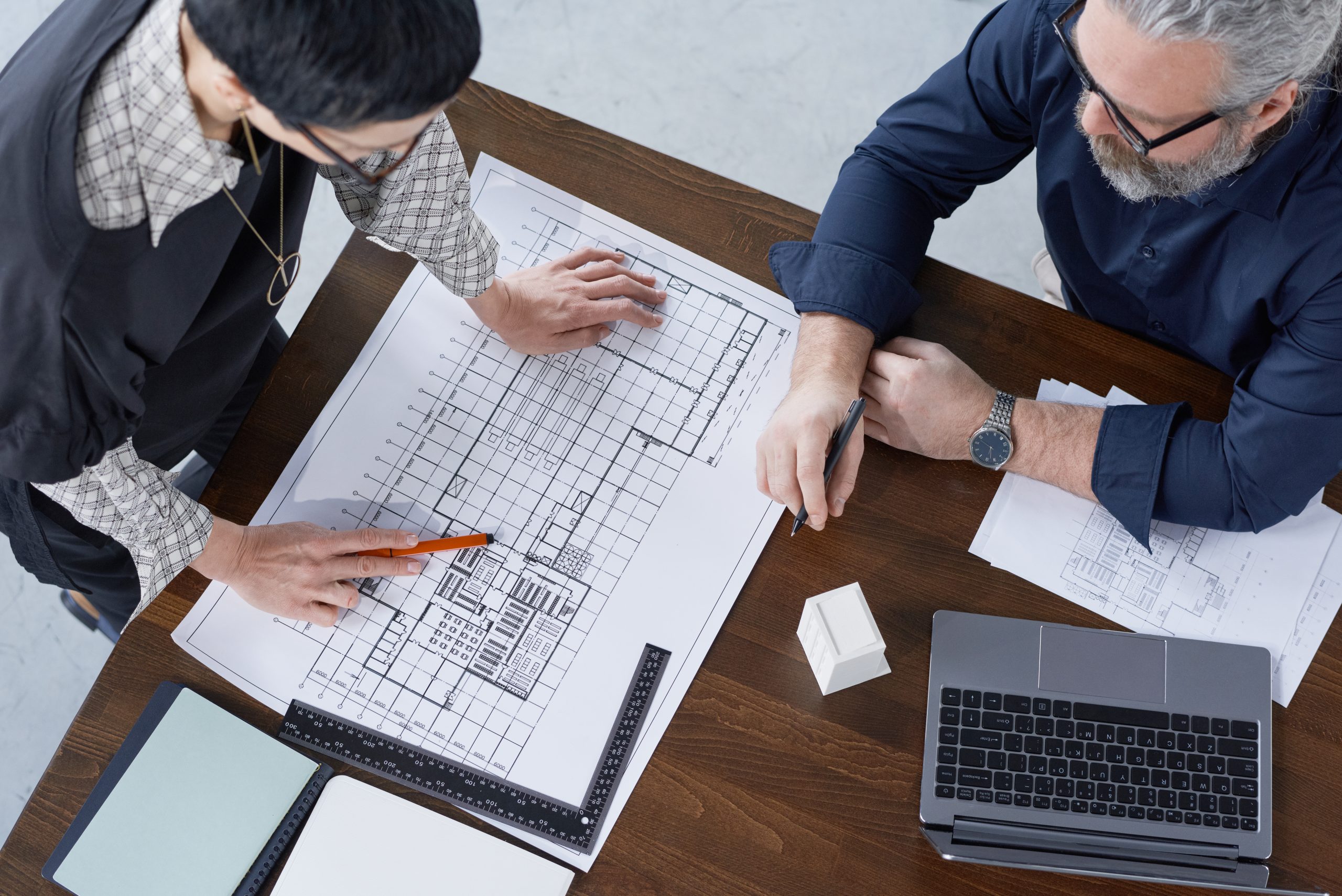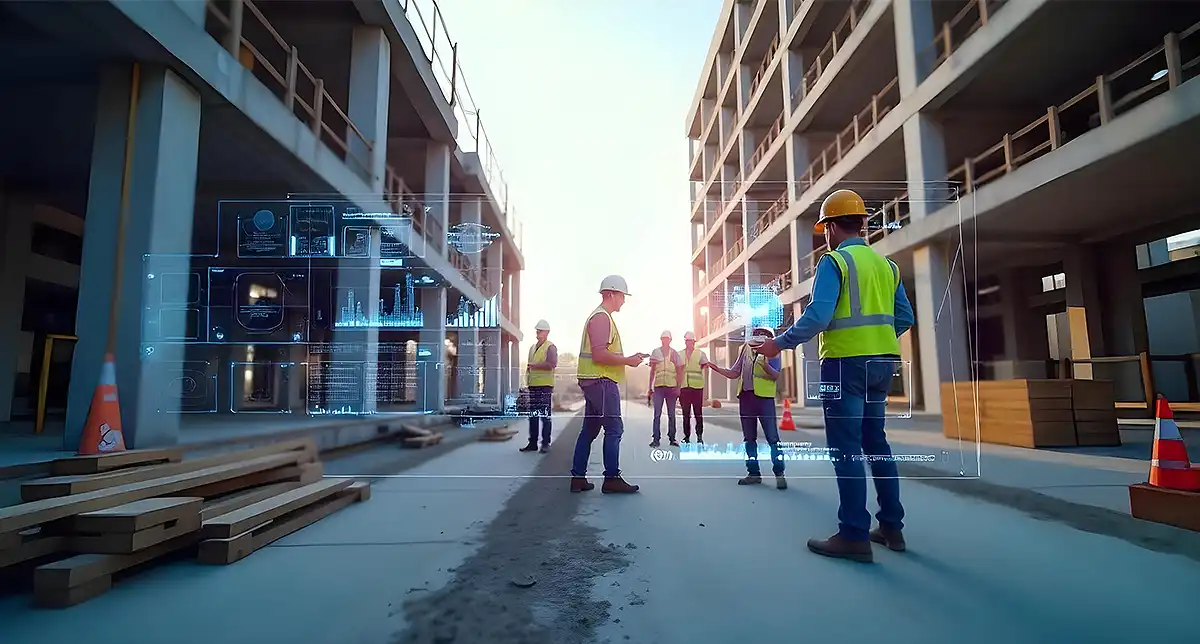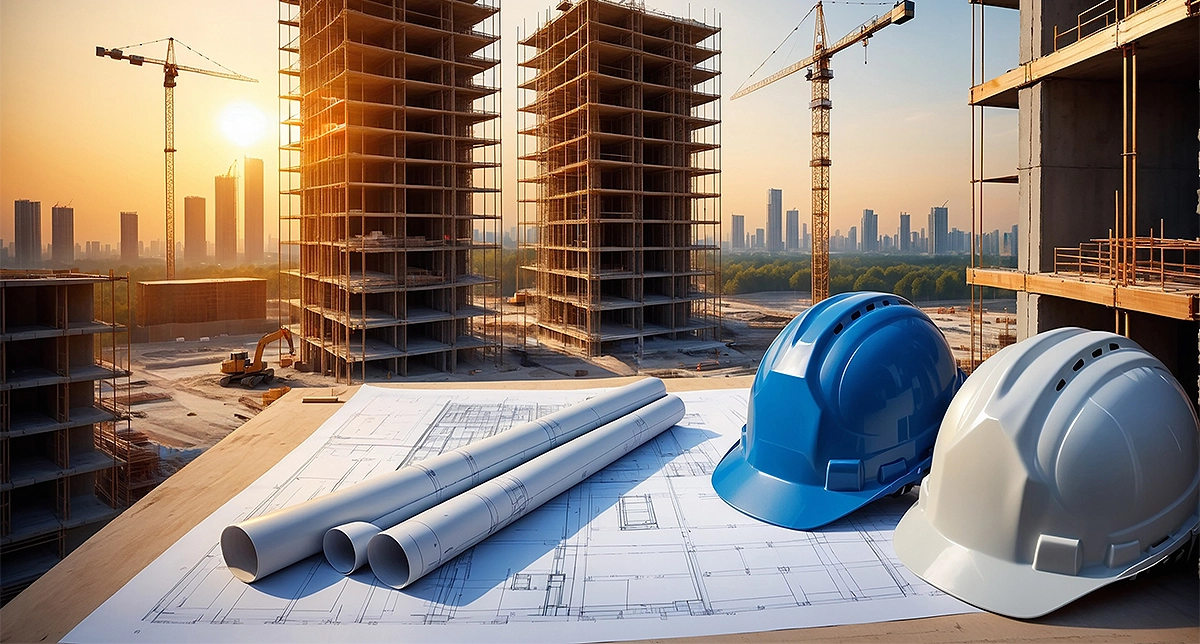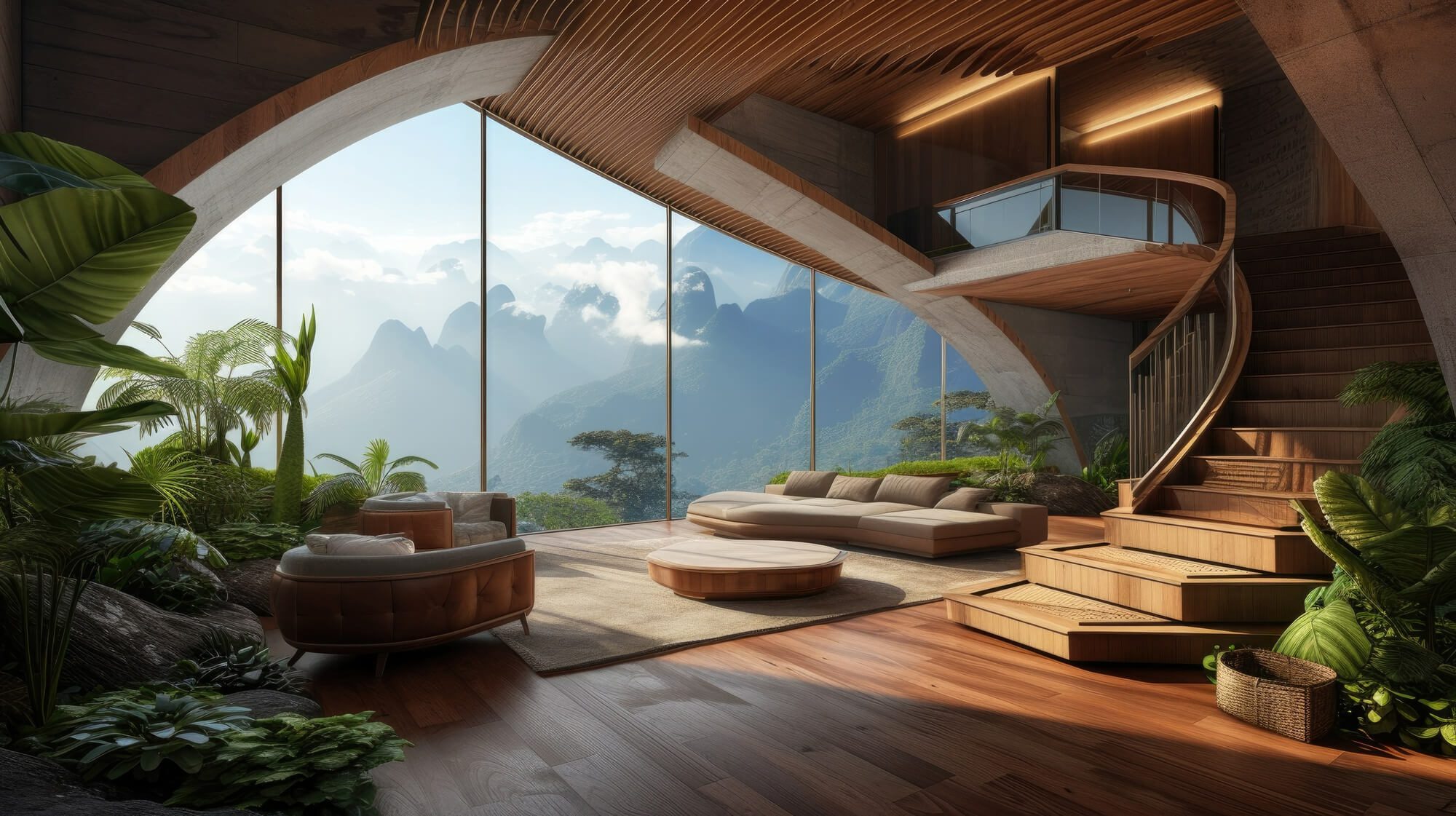The field of architecture is dynamic, influenced by technological advancements, evolving societal preferences, and a growing emphasis on sustainability. As we enter 2024, these factors are fuelling new trends that are reshaping the way we approach the design, construction, and utilization of buildings, paving the way for more innovative and sustainable spaces.
At R+D, we’re passionate about staying at the forefront of architectural innovation. That’s why we’ve compiled this insightful blog post, diving deep into the five key trends anticipated to dominate the architectural landscape in 2024..
1. Embracing the Power of Parametric Design:
Parametric design, a sophisticated approach that leverages algorithms and mathematical equations, is gaining traction in the architectural world. This trend allows architects to explore complex geometries, optimize building performance, and create highly customized designs.
Dynamic Form and Functionality: Parametric design enables the creation of fluid, organic forms that respond to specific environmental conditions, maximizing energy efficiency and creating visually captivating structures.
Increased Efficiency and Precision: By leveraging algorithms, architects can automate repetitive tasks, optimize material usage, and minimize construction waste, leading to more efficient and cost-effective projects.
Personalized Design Solutions: Parametric design empowers architects to create unique, tailored solutions that cater to the specific needs and preferences of individual clients, fostering a sense of individuality and customization.
2. The Rise of Mixed-Use Developments:
As cities grow denser and urban lifestyles evolve, mixed-use developments are becoming increasingly popular. These projects combine different functions like residential, commercial, retail, and recreational spaces within a single building or complex.
Creating Vibrant Communities: Mixed-use developments foster a sense of community by bringing people together in shared spaces, promoting interaction, and fostering a vibrant urban fabric.
Enhancing Walkability and Accessibility: By integrating diverse functions, these developments reduce the need for car travel, encouraging walking, cycling, and public transportation, creating more sustainable and liveable cities.
Maximizing Land Utilization: By maximizing the use of available land, mixed-use developments contribute to efficient urban planning and reduce the need for sprawl.
3. The Integration of Smart Technology:
Smart technology is transforming the way we live, work, and interact with our environment. In architecture, this trend is leading to the development of intelligent buildings that are responsive, efficient, and user-friendly.
Building Automation Systems: Smart buildings incorporate automated systems for lighting, heating, ventilation, and security, optimizing energy consumption and creating a more comfortable and secure environment.
Data Analytics for Performance Optimization: Collecting and analysing data from building sensors allows architects and building managers to identify areas for improvement, optimize energy usage, and enhance overall building performance.
Personalized User Experiences: Smart technology enables personalized experiences within buildings, allowing occupants to adjust lighting, temperature, and other settings to suit their individual preferences.
4. The Focus on Wellbeing and Biophilic Design:
The growing awareness of the impact of the built environment on human well-being is driving a shift towards biophilic design, a concept that emphasizes the integration of nature into architecture.
Connecting with Nature: Biophilic design incorporates natural elements like greenery, sunlight, and natural materials, creating a sense of connection with the outdoors and fostering a sense of calm and well-being.
Enhancing Productivity and Creativity: Studies have shown that exposure to nature can improve concentration, reduce stress, and boost creativity, making biophilic spaces ideal for work and learning environments.
Creating Sustainable Spaces: By incorporating natural elements, biophilic design promotes sustainable practices like natural ventilation, daylighting, and rainwater harvesting, reducing the environmental impact of buildings.
5. The Emphasis on Resilience and Adaptability:
As climate change continues to impact our world, resilience and adaptability are becoming essential considerations in architectural design. Buildings are being designed to withstand extreme weather events, adapt to changing conditions, and minimize their environmental footprint.
Climate-Responsive Design: Architects are incorporating strategies like green roofs, rainwater harvesting, and passive cooling systems to mitigate the effects of climate change and create more resilient buildings.
Flexible and Adaptable Spaces: Designing buildings with flexible layouts and adaptable spaces allows for future modifications and reconfigurations, ensuring the building remains relevant and functional over time.
Sustainable Materials and Construction Methods: Utilizing sustainable materials with low embodied energy and implementing construction methods that minimize waste and pollution contribute to a more resilient and environmentally responsible built environment.
Conclusion:
The trends outlined above represent a dynamic shift in architectural design, driven by a desire for sustainability, technology, and human well-being. As we navigate the challenges and opportunities of the 21st century, architects have a critical role to play in shaping a more sustainable, resilient, and inspiring built environment.
Stay tuned for more insights from R+D Pulse!
We’ll continue to explore the latest architectural trends, share our expertise, and provide valuable resources to help you stay ahead of the curve.
